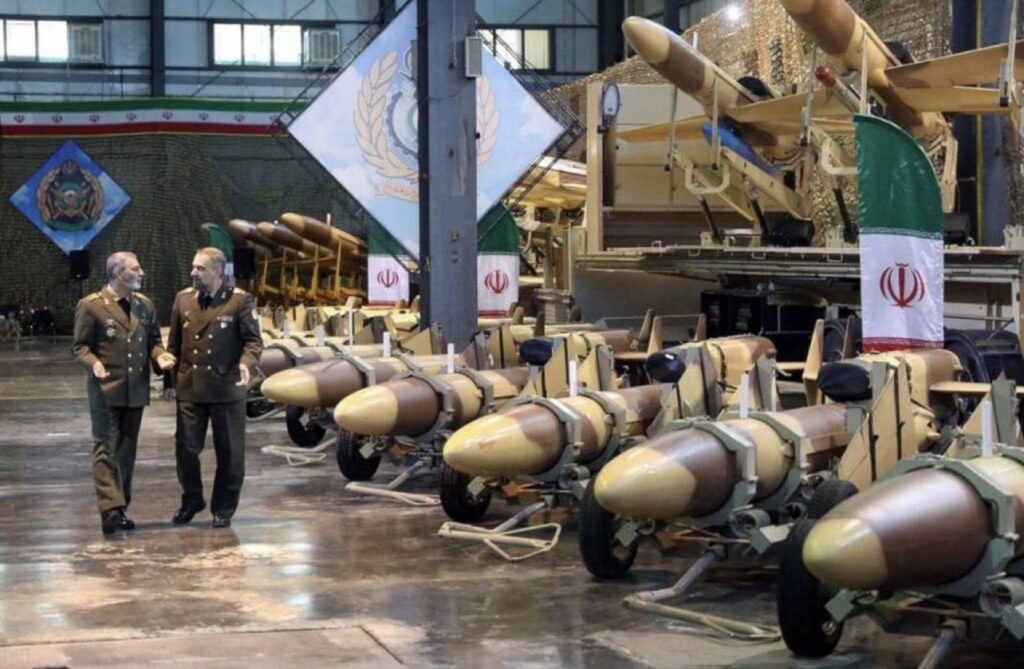UPDATES
The UN’s forgotten policy of resettling Palestinian Refugees
Oct 12, 2012 | Daniel Meyerowitz-Katz

The issue of Palestinian refugees is arguably the single largest impediment to peace between Israelis and Palestinians. None of the other ‘final status issues’ — borders, security, and sovereignty over Jerusalem — seem to leave such a gulf between the positions of the two parties that a compromise is difficult to imagine. Yet, as new research demonstrates, the refugee situation could have been solved very early on.
The solution to the borders issue is relatively clear: Israel will hold on to the major population blocs in the West Bank in exchange for equivalent land from Israel proper. Similarly, current security cooperation between Israel and the Palestinian Authority (‘PA’) has already gone most of the way towards resolving this issue. Jerusalem is a little more contentious, however there are several proposals that could be adopted, such as: dividing the neighbourhoods in Eastern Jerusalem, placing the ones with a Jewish majority on one side and an Arab majority on the other; or some form of shared sovereignty over the city.
The refugee issue, however, appears irreconcilable. The Palestinian demand is the ‘return’ of every person meeting the extremely broad definition of ‘Palestine refugee’ used by the United Nations Relief and Works Association for Palestine Refugees (‘UNRWA’): ‘Persons whose normal place of residence was Palestine during the period 1 June 1946 to 15 May 1948, and who lost both home and means of livelihood as a result of the 1948 conflict’, as well as all of their descendants. Through UNRWA, ‘Palestine refugees’ fall under an entirely separate administration from the UN High Commission for Refugees, and are entirely distinct from ‘refugees’ under the generally accepted definition.
It is practically impossible for Israel to agree to this ‘right of return’. Even putting to one side the logistical nightmare of a tiny country absorbing five million people overnight, the influx would mean the destruction of Israel as a state.
As I explained in July’s Australia/Israel Review, the ‘right of return’ that Palestinians claim has very little basis in international law. This point is reinforced through new information that has been brought to light by the important research of Nitza Nachmias, published in the latest edition of the Middle East Quarterly.
Using UN records and various UNRWA reports and documents from the late 1940s and early 1950s, Nachmias has systematically reconstructed the early history of Palestine refugee policy — and found that in the first decade or so of UNRWA’s existence there was a total reversal of its goals.
As Nachmias discovered, at first, UNRWA planned to resettle the vast majority of the Palestine refugees in the Arab states in which they were situated — and had even drawn-up elaborate schemes for the purpose, with hundreds of millions of dollars of funding.
Nachmias’ revelations come as a huge blow to the anti-Israel campaigners who promote the ‘right of return’. As explained explained by Omar Barghouti, the founder of the BDS campaign, referring to UN General Assembly Resolution 194 (1948):
“It has been etched in our collective consciousness as the UN General Assembly resolution stipulating the right of the Palestinian refugees – most of whom were forcibly displaced and dispossessed during the 1948 Nakba by Zionist militias and later the state of Israel – to return to their homes and properties. [emphasis added]
As Nachmias observes, the historical evidence tells a different story:
The solution to the refugee problem that UNRWA’s establishment was supposed to facilitate had been outlined by General Assembly resolution 194 of December 11, 1948, which envisaged the repatriation of the refugees and/or their resettlement in their host countries as part of a comprehensive peace settlement to be mediated by a soon-to-be-established three-member Conciliation Committee for Palestine (UNCCP). In line with this outlook, resolution 393 instructed the establishment of a $30 million “reintegration fund which shall be utilized for projects requested by any government in the Near East and approved by the Agency for the permanent re-establishment of refugees and their removal from relief.” …
Tasked by resolution 194 with facilitating “the repatriation, resettlement, and economic and social rehabilitation of the refugees and the payment of compensation,” UNCCP suggested shifting funds assigned for compensation to resettlement because “the majority of the refugees can only hope to receive as compensation a much smaller sum than will be required to resettle them in the Arab countries.” Moreover, “when the time comes to pay compensation, it is to be hoped that a large number of the refugees will already have been resettled by UNRWA.” This was also the hope of U.N. secretary-general Trygve Lie, who said: “The refugees will lead an independent life in countries which have given them shelter … the refugees will no longer be maintained by an international organization … They will … provide for their own needs and those of their families.”
Nachmias goes on to demonstrate that, in the late 1940s and early 1950s, every major party but one was intent on finding a lasting solution to the Palestinian refugee problem based primarily on resettlement. The uncooperative party was not the UN or Israel, but the Arab League:
At the end of the 1948 Israeli-Arab war and throughout the 1950s, once it became clear that repatriation was not an option, UNRWA vigorously pursued and indeed succeeded in resettling hundreds of thousands of refugees in Jordan, Gaza, and the West Bank. However, large-scale plans that would have resolved the problem once and for all were not implemented.
Several factors contributed to this failure. To begin with, the $300 million budget approved in 1951 was insufficient for the extensive economic development schemes. …
A misperception of the ultimate goals of key players played a determining role in this failure. Both UNCCP and UNRWA wrongly assumed that reintegration and resettlement were economic, not political processes. The Arab states thought otherwise and made it clear that resettlement of the refugees outside of Mandate Palestine was a political issue that could be exploited at will. … [emphasis added]
Today, the option of resettlement remains the most viable solution to the suffering of the extant Palestine refugees, yet it continues to be denied to them — not only by the Arab States, but now also by UNRWA, the international community, and even the Palestinian leadership.
The history Nachmias uncovers severely undermines the claim made by Barghouti and other anti-Israel advocates that Resolution 194 established ‘right of return’ for Palestinians. To the contrary, numerous other Resolutions — as well as statements by UN officials and even UN policy as it was implemented — aimed to find a resolution to the refugee issue through permanently resettling the refugees in the Arab states in which they found themselves.
As Nachmias points out, hundreds of thousands of refugees were actually resettled in Jordan, the West Bank and Gaza — having been moved from camps to permanent housing and farms. Yet UNRWA kept all these individuals on its books as refugees, most probably for the purposes of securing more funding.
In spite of this, a fictional version of history and reality is curently being sold to the Palestinian people, in which the only possible solution to their current situation would be for them all to move to Israel. This has nothing to do with their rights or interest, it is a self-serving policy from Arab dictators aimed at maintaining the status quo and avoiding the difficult business of actually helping the Palestinians.
Nachmias’ piece is the first of a series of articles concerning UNRWA, currently being released in a special edition of the Middle East Quarterly. This site will deal with the content as it is released, aiming to inform readers about UNRWA, the history that led to its current predicament, and potential ideas for a way out.
Daniel Meyerowitz-Katz
Tags: Palestinians











